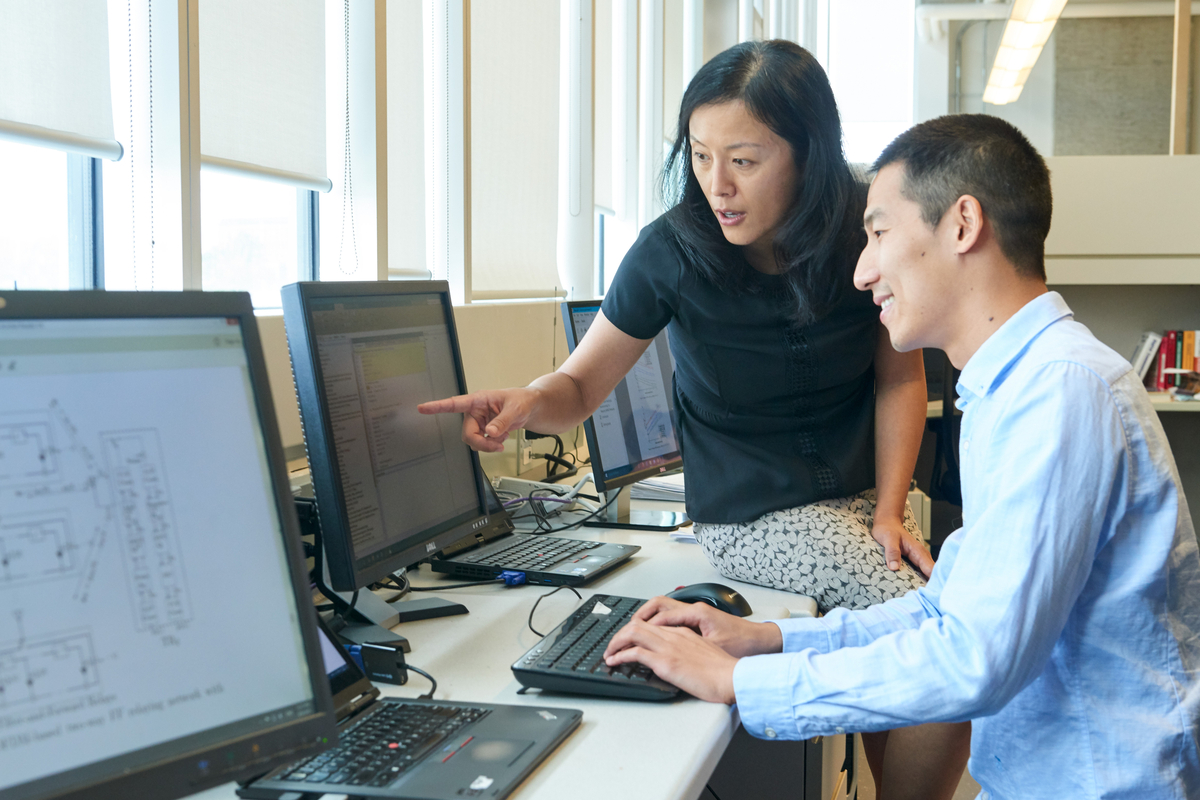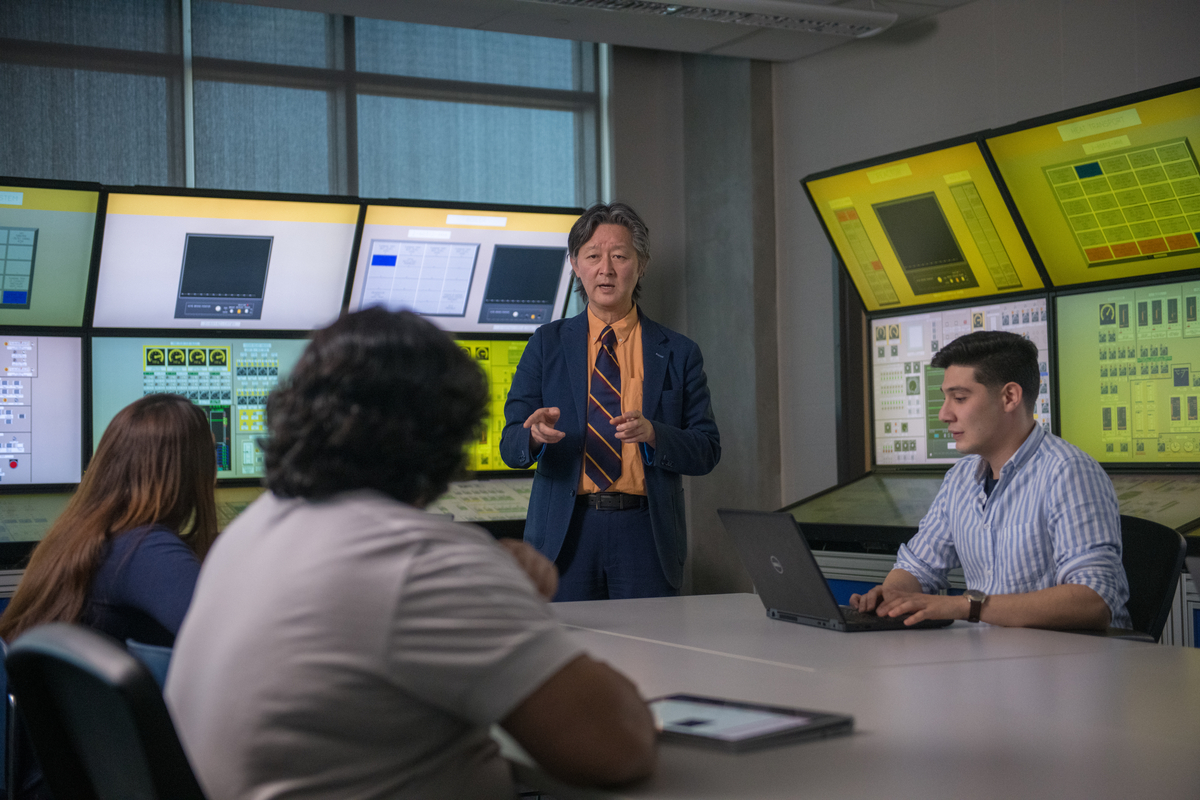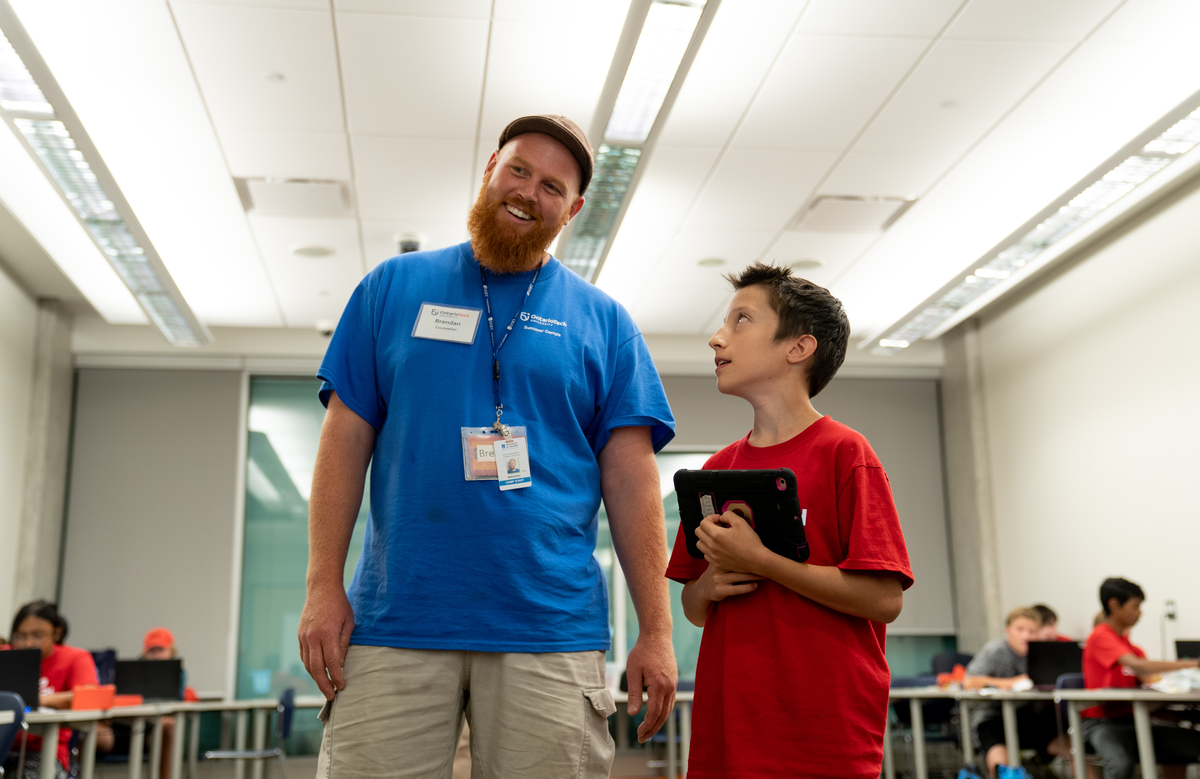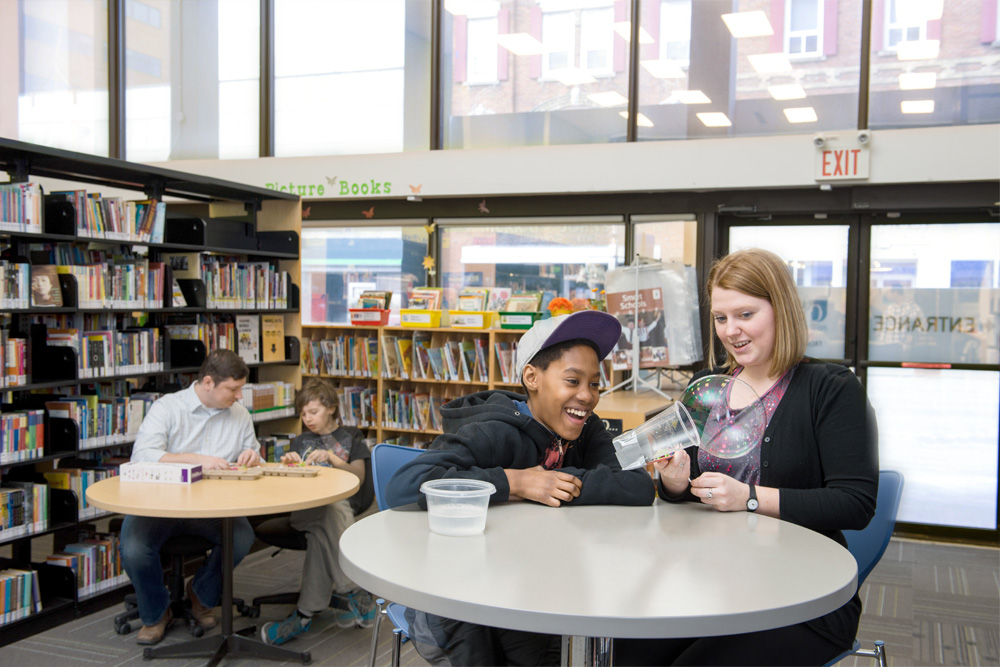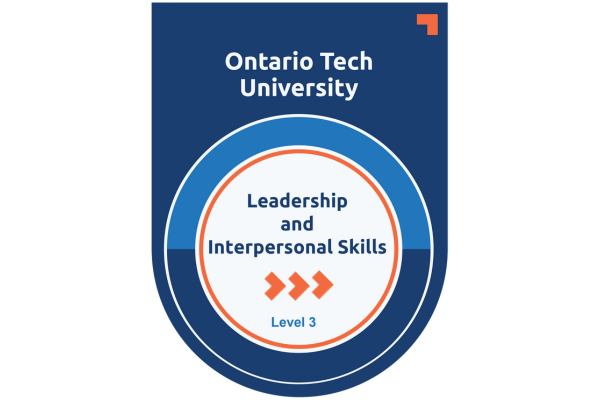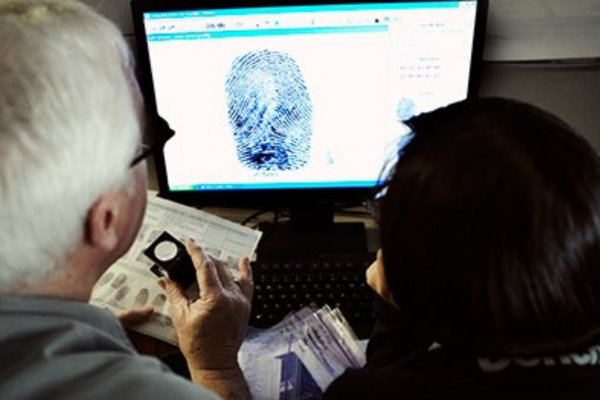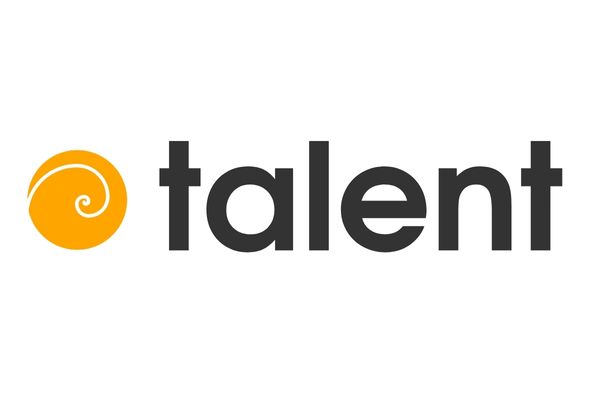Your courses and programs
Courses
Continuous Learning courses are not-for-credit learning opportunities focused on development outside of traditional university programs. These courses are focused on professional development, both general and profession specific.
Continuous Learning courses are offered in three different formats: in-class, online, and hybrid.
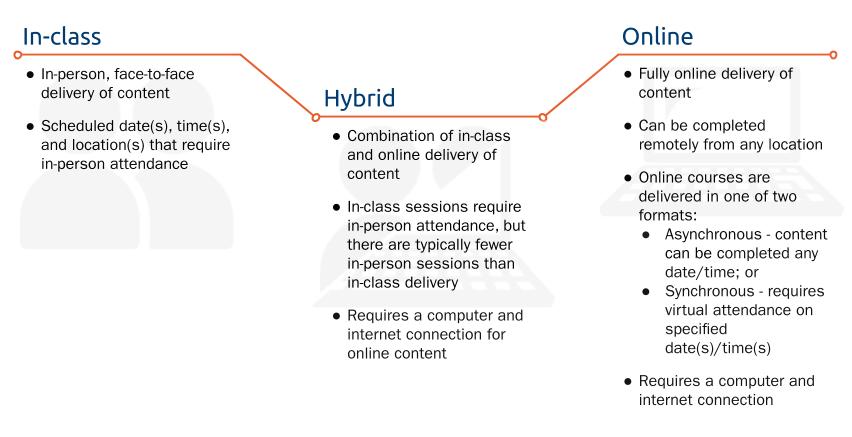
Delivery methods
-
In-class
In-class courses require you to attend in-person on scheduled dates and times.
-
Online
Online courses are completed completely online and do not require any in-person meetings. A computer application, either Canvas or Google Classroom, is used to provide course content, complete activities, and submit assignments.
Activities for online courses may include, but are not limited to: discussion posts, email, group work, and virtual tutorials.
Online courses are delivered in one of the following formats:
Asynchronous: content can be completed online at any day and time as long as deadlines are met.
Synchronous: content and/or activities must be completed on specific dates and times. In other words, there are online meeting times where learners virtually attend the course.
-
Hybrid
Hybrid courses are a combination of online and in-class delivery. In other words, some parts will be online and others will be in-person. Both online and in-person elements are required for hybrid courses.
Technology requirements
-
Hardware (i.e. devices)
Laptop requirements for Continuous Learning courses depends on the delivery method and course requirements. Devices are not provided by Continuous Learning.
In-class courses that do not require the submission of assignments typically do not require access to a computer.
Hybrid and online courses require access to a computer and stable internet connection. This may also be required for in-class courses that use online assignment submission. Laptop/computer standards will typically follow the laptop standards required by Faculty of Education undergraduate students. This information can be found on the .
Hybrid and online courses may also require the use of a webcam and/or microphone.
-
Software (i.e. computer programs and applications)
Learners completing courses that require the submission of assignments will need a Word Processor.
Additional software may be required for specific courses (e.g. Adobe Photoshop). These requirements will be listed in the course description, course outline, and/or emailed to learners prior to the start of the course. Required software is not provided by Continuous Learning and must be purchased by the learner in addition to the course fee.
Class environment
-
In-class
We strive to create a learning environment that is comfortable and inviting for all learners.
Frequently asked questions
What should I wear?
Wear whatever makes you feel comfortable and ready for a day of learning!
What should I bring?
Any needed course materials will be provided by us, so bring whatever sets you up for success as a learner. For some, this may mean bringing notebooks and pens, a tablet or laptop, or nothing at all - it’s just a matter of personal preference.
Where do I go?
The location of in-class sessions and general directions will be sent to all participants via email. The campus map is a great resource to help you find your way. -
Online: Canvas and Google Classroom
Canvas and Google Classroom are Learning Management Systems (LMS) used to administer online course content. Features of the systems include, but are not limited to:
- Organization and posting on course content such as video, notes, and documents;
- Assignment posting, submission, and tracking;
- Online quizzes and tests;
- Discussion and Announcements boards; and
- Communications between individuals.
See Support for assistance with Canvas and Google Classroom.
Certificate programs
Certificate programs are a specific group of courses designed to provide a deeper and/or broader understanding of a specific topic. Typically programs are 3 to 6 courses, but we do have programs with as few as 2 courses and as many as 15.
Once all courses are completed, learners receive a certificate of completion to signify the learning they have accomplished.
Micro-Certifications and Badges
Learn more about micro-certifications and badges on the .
